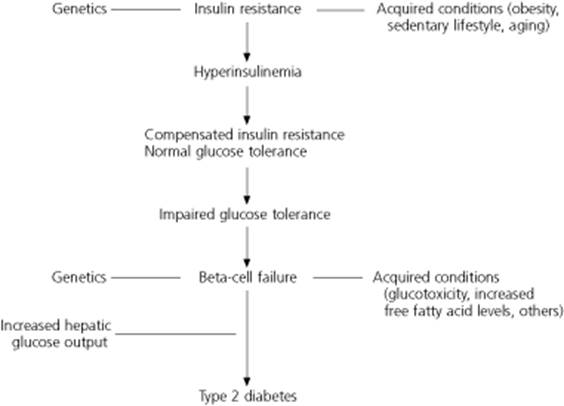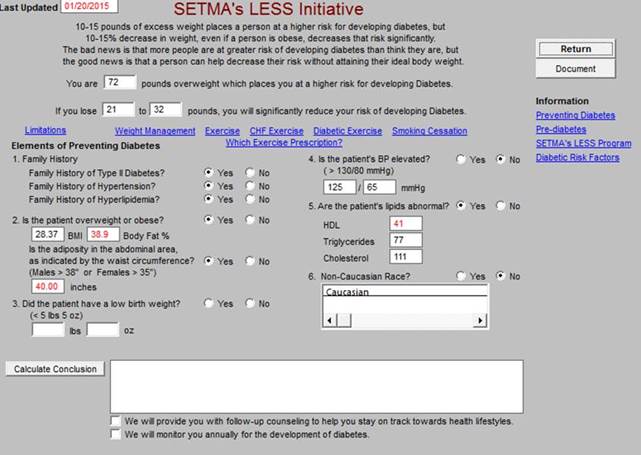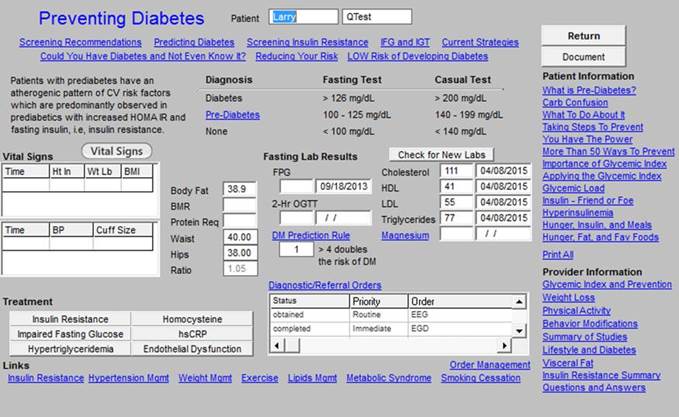|
On January 21, 2016, SETMA, other healthcare providers and the public received an announcement from the AMA about the new ADA, AMA, CDC and Ad Council Pre-diabetes Public Awareness Campaign. The announcement was made by Karen Kmetik, PhD, Group Vice President, Health Outcomes of the American Medical Association.
Dr. Kmetik’s stated in the announcement:
“I am pleased to share that today the AMA, the American Diabetes Association (ADA), the Centers for Disease Control and Prevention (CDC) and the Ad Council, are launching a long-term, first-of-its-kind national pre-diabetes public service advertising campaign. The campaign aims to increase public awareness of pre-diabetes and the steps people can take to prevent the onset of type 2 diabetes. In concert with the campaign, the AMA also will kick-off a series of robust communications efforts for physicians-encouraging them to prepare for conversations with their patients by accessing tools and resources developed jointly by the AMA and the CDC.
“Utilizing a multi-faceted approach to reach millions of adults between the ages of 40 and 60 across the country, the campaign includes national media coverage, creative television and radio commercials, billboard and online advertisements, social media promotion, as well as a text messaging program (all translated in both English and Spanish). The dedicated bilingual website for the campaign, DoIHavePrediabetes.org, houses a variety of valuable assets including an easy-to-use interactive pre-diabetes risk test, healthy living tips and other important information.”
The announcement invited healthcare providers across American:
“to partner with (the AMA) to raise awareness of pre-diabetes and this special Ad Council campaign. The partner toolkit…provides…access to a variety of materials to help, including pre-packaged content and language that…can leverage…existing channels or any new opportunities that may be a good fit. The following link allows access to the PARTNERS TOOLKITprediabetes.adcouncil.org (User name: pre-diabetes; password: pr3di@b3t3s).”
SETMA’s 16 Year Experience with Pre-diabetes
SETMA responded to this invitation with a description of SETMA’s sixteen-year history of testing patients for pre-diabetes and of utilizing SETMA’s “diabetes prevention program” to delay or to prevent the onset of diabetes. In that response to the AMA, SETMA stated: “Thank you for this exciting collaboration between the AMA, CDC, ADA and the Ad Council regarding Pre-Diabetes. SETMA has worked with each of the organizations except the AD Council. As you know, SETMA has just completed our seventh year of public reporting by provider name on 300 quality metrics, many of which are from the AMA’s Physician Consortium for Performance Improvement (PCPI) (see: Public Reporting - Reporting by Type). Since 2003, SETMA has maintained ADA recognition of our Diabetes Self Management Education Program and of our Medical Nutrition Therapy program. And, we have worked with the CDC for HIV Screening and with their influenza-like illness network (see: Your Life Your Health - Certificate of Appreciation: Centers for Disease Control).”
Pre-Diabetes - A description of SETMA’s Program
Sixteen years ago, SETMA designed and deployed a robust Diabetes Center of Excellence with a Diabetes Disease Management Tool (see EPM Tools - Diabetes). Shortly after deploying that tool in 2000, we realized that “The best way to treat diabetes is not to get it.” This led us to begin both a diabetes screening program and an aggressive identification and treatment of pre-diabetes. The following tools are parts of SETMA’s Pre-Diabetes and Diabetes Prevention Program:
- LESS Initiative - Lose Weight, Exercise Stop Smoking, which includes a diabetes screening program - the complete tutorial for this program can be found at EPM Tools - LESS Initiative Tutorial. AHRQ has published this on their Innovation Exchange.
- Preventing Diabetes - The heart of our pre-diabetes program. We are aggressive about using the following ICD-10 codes: Pre-Diabetes (R73.09, Impaired Glucose intolerance (R73.02), Impaired Fasting Glucose (R7301) - the complete tutorial for this program can be found at EPM Tools - Diabetes Prevention Tutorial.
- Preventing Hypertension -- The complete tutorial for this program can be found at EPM Tools - Hypertension Prevention Tutorial. In reducing cardiovascular disease risk, It is critical to control blood pressure in patients with diabetes and/or pre-diabetes.
- Cardiometabolic Risk Syndrome - integral to this disease process is the progression from personal habits and genetic predisposition to full blown diabetes (see: EPM Tools - Cardiometabolic Risk Syndrome Suite of Templates Tutorial). It was the ADA which promoted the change of this syndrome’s name from “Metabolic Syndrome” (previously known as Syndrome X and Insulin Resistance Syndrome) to “Cardiometabolic Risk Syndrome”. The natural history of the development of diabetes from pre-diabetes is a part of our Cardiometabolic Risk Syndrome Disease Management Tool.
Progression to Type 2 Diabetes
The following information is a part of SETMA’s Cardiometabolic Risk Syndrome disease-management tool. The progression from normal glucose tolerance to type 2 diabetes is characterized by dual defects that include insulin resistance and an insulin secretory defect caused by beta-cell dysfunction (Figure 1). Insulin resistance is characterized by decreased tissue sensitivity to insulin and marked compensatory hyperinsulinemia (increase of insulin levels). Initially, plasma glucose levels are maintained in the normal range. In patients who will eventually develop diabetes, there is a decline in beta-cell (the cells in the pancreas which produce insulin) secretory capacity. The first glucose abnormality that is detected is a rise in the postprandial (after a meal) glucose levels because of reduced first-phase insulin (the response of the pancreas to a meal) secretion. With time, further decline in beta-cell function leads to elevation of the fasting glucose levels. Eventually, diabetes occurs, with more insulin secretory loss.

Introduction to SETMA’s Work
The following is a brief introduction to our work in this area. Below is the master template to the LESS Initiative (Lose Weight, Exercise, Stop Smoking) which is completed on all patients who come to SETMA. It includes the Elements of Preventing Diabetes which are also the Risk Factors for Developing Diabetes. This information is auto populated and takes only a fewb seconds to complete during a patient encounter.

The following Preventing Diabetes template looks busy but all data is auto populated. The information can be printed for provider or patient and includes “Predicting Diabetes,” “Screening Insulin Resistance,” Definitions of Impaired Fasting Glucose and Impaired Glucose tolerance,” “Reducing Your Risk of Diabetes,” etc. Down the right side of this template there are multiple teaching tools including “What is Pre-Diabetes?,” “What to do about it,” and many more.

The following concluding note was included in our response to the AMA:
SETMA will continue our pre-diabetes program and we will review your materials. As you know, for the past 20 years, I have written a weekly heath column (see Your Life Your Health - View All Articles). I will include information about your program in my column. A search of our website shows over thirty Your Life Your Health articles on pre-diabetes dating back to 2002. The following are links to several of these:
All of SETMA’s clinical decision support tools - such as those above - and/or disease management tools are posted on our website and are available for use by any provider in the work without cost or attribution of source.
|